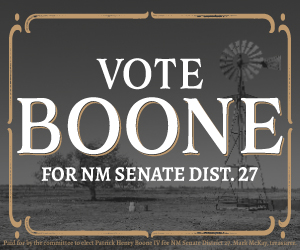February 2nd brings with it a familiar National Holiday. For many of us, it’s just another day of the year, but for the people in Punxsutawney, Pennsylvania, it’s a day full of celebrations.
If you turn on the news on February 2nd, you’ll be met with the photos and footage of a plump, happy groundhog (also known as a woodchuck) who emerges from his temporary home on Gobbler’s Knob. This is a tradition people in Punxsutawney, and the United States, have been celebrating since 1887.
“According to the tradition, if Phil sees his shadow and returns to his hole, he has predicted six more weeks of winter-like weather. If Phil does not see his shadow, he has predicted an ‘early spring.’ The Vice President of the Inner Circle (of Punxsutawney) prepares two scrolls in advance of the actual ceremony, one proclaiming six more weeks of winter and one proclaiming an early spring. At daybreak on February 2, Punxsutawney Phil awakens from his burrow on Gobbler’s Knob, is helped to the top of the stump by his handlers, and explains to the President of the Inner Circle, in a language known as “Groundhogese”, whether he has seen his shadow.”
As Americans, we celebrate the day, but most don’t know why this sort of “silly” tradition and celebration began. This will set the record straight and answer any lingering questions as to why the U.S. waits anxiously for the emergence of a fury rodent to predict the next 6-weeks.

According to the History Channel, “Groundhog Day has its roots in the ancient Christian tradition of Candlemas, when clergy would bless and distribute candles needed for winter. The candles represented how long and cold the winter would be. Germans expanded on this concept by selecting an animal–the hedgehog–as a means of predicting weather. Once they came to America, German settlers in Pennsylvania continued the tradition, although they switched from hedgehogs to groundhogs, which were plentiful in the Keystone State.”
Groundhogs typically go into hibernation in the fall. Their body temperature drops significantly during this time, as does their heart rate. In fact, it drops from 80 to 5 beats per minute. It’s not until February that male groundhogs begin to emerge from their burrows to seek a mate before returning to finish hibernation until March.

These hibernators became the symbol of weather prediction in 1887 when a newspaper editor who was a member of a groundhog hunting club from Punxsutawney, PA “declared that Phil, the Punxsutawney groundhog, was America’s only true weather-forecasting groundhog. The line of groundhogs that have since been known as Phil might be America’s most famous groundhogs, but other towns across North America now have their own weather-predicting rodents, from Birmingham Bill to Staten Island Chuck to Shubenacadie Sam in Canada.” (History.com)
Punxsutawney has celebrated this special groundhog prediction ever since. It wasn’t until 1993 when Bill Murray’s starring role in “Groundhog Day,” popularized the day. Since then, thousands of people travel to Gobbler Knob in Punxsutawney to witness Phil’s prediction. Even more watch the coverage on tv.

Will Phil be correct in his annual prediction or will Mother Nature throw us a curve ball?
The next 6 weeks will answer that question.
Here is the history of the predictions since 1887 (as of 2019).

References:
https://en.m.wikipedia.org/wiki/Punxsutawney_Phil
https://www.google.com/amp/s/www.history.com/.amp/this-day-in-history/first-groundhog-day






























